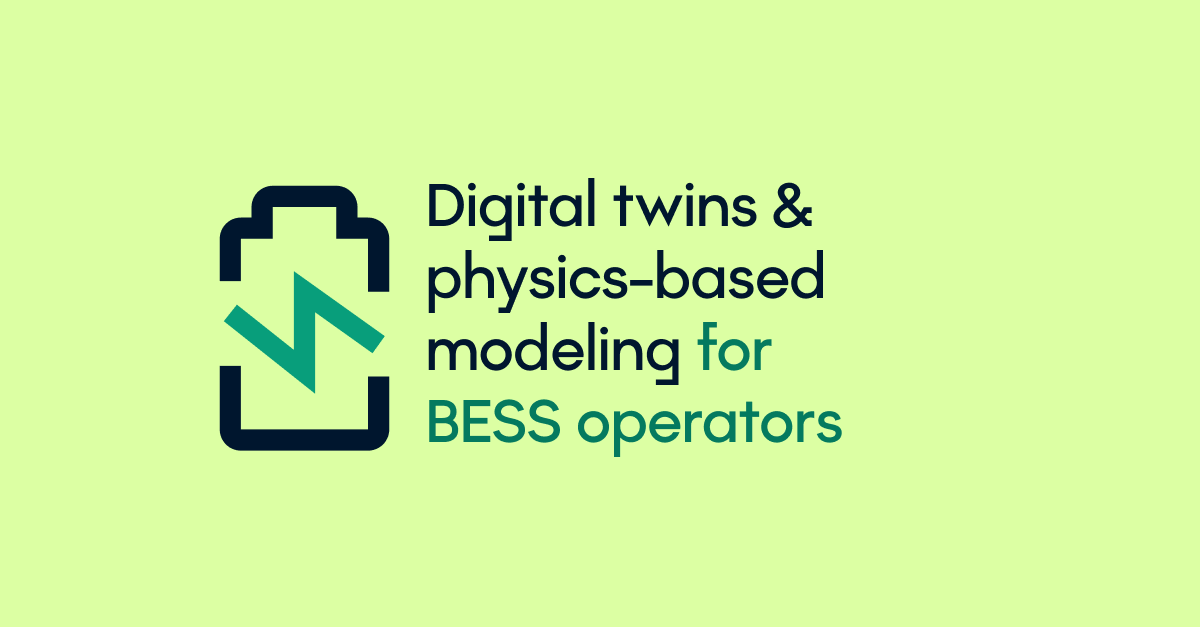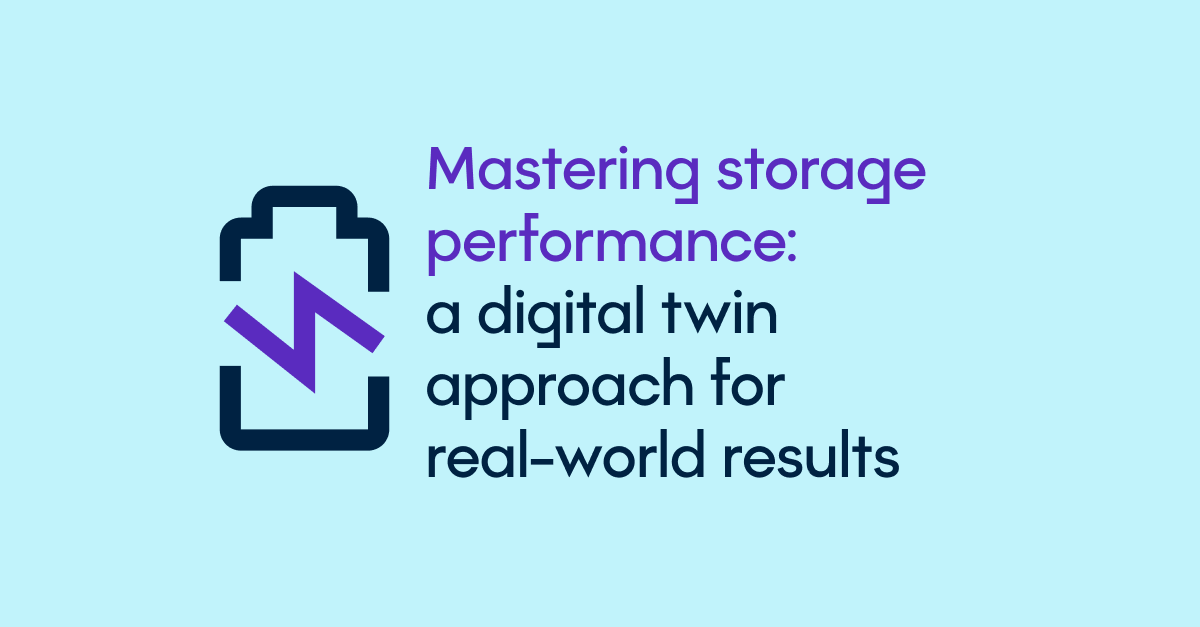Why accurate battery modeling is critical for BESS operators
As Battery Energy Storage Systems (BESS) become central to renewable integration and grid flexibility, the need for accurate modeling and simulation tools is more pressing than ever. Black-box models and simple BMS estimates often fail to capture real battery behavior, leaving gaps in degradation forecasting, warranty validation and financial planning
This is where physics-based battery modelling and digital twins provide a step change in accuracy and transparency.
PyBAMM physics-based simulation vs. black box estimations
PyBAMM (Python Battery Mathematical Modeling) is an open-source framework designed to simulate battery behavior using physics-based models. Unlike empirical models, PyBAMM allows researchers, developers and operators to go beyond black-box estimations, by providing deep insights into electrochemical, thermal and degradation phenomena within lithium-ion batteries.
How digital twins improve BESS performance and transparency
While PyBAMM is a powerful simulator, combining it with real-world data and cloud infrastructure enables the full potential of a battery digital twin.
By relying on Py BAMM’s simulation, 3E’s digital twin enables:
- A harmonized, accurate tool across all storage assets.
- Independence from opaque BMS estimates.
- Transparent SoH monitoring for investors and operators.
- Independent assessment during warranty claims.
- More predictable financial and operational performance.
Who should read this whitepaper?
This whitepaper is designed for:
- BESS operators and asset managers who need independent and more accurate SoH assessments.
- Software developers and system designers looking to integrate digital twins.
- Investors and stakeholders seeking transparency across portfolios.
Download the full whitepaper
Discover how physics-based modeling can transform the way you design, operate and manage storage assets.
Download the full whitepaper here


















